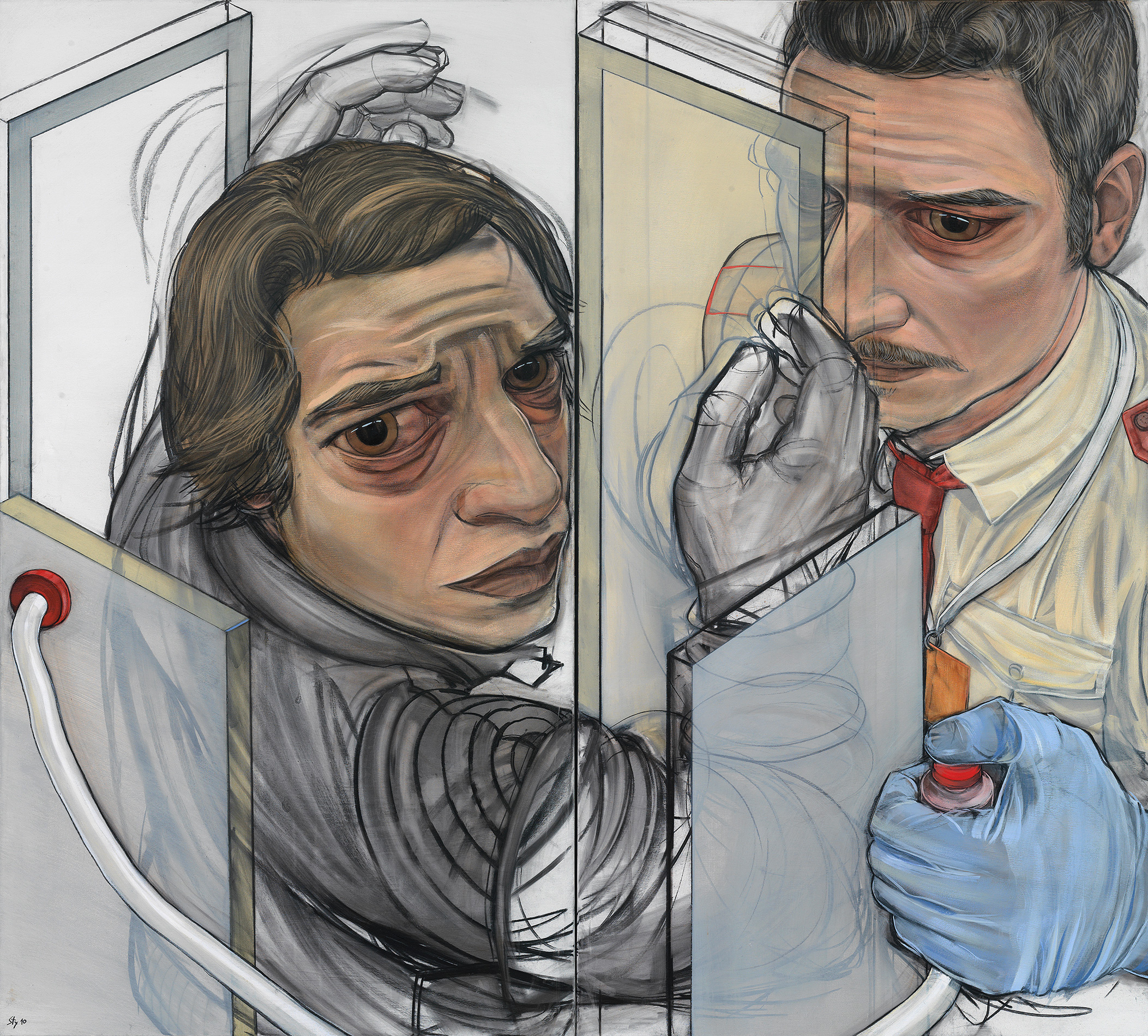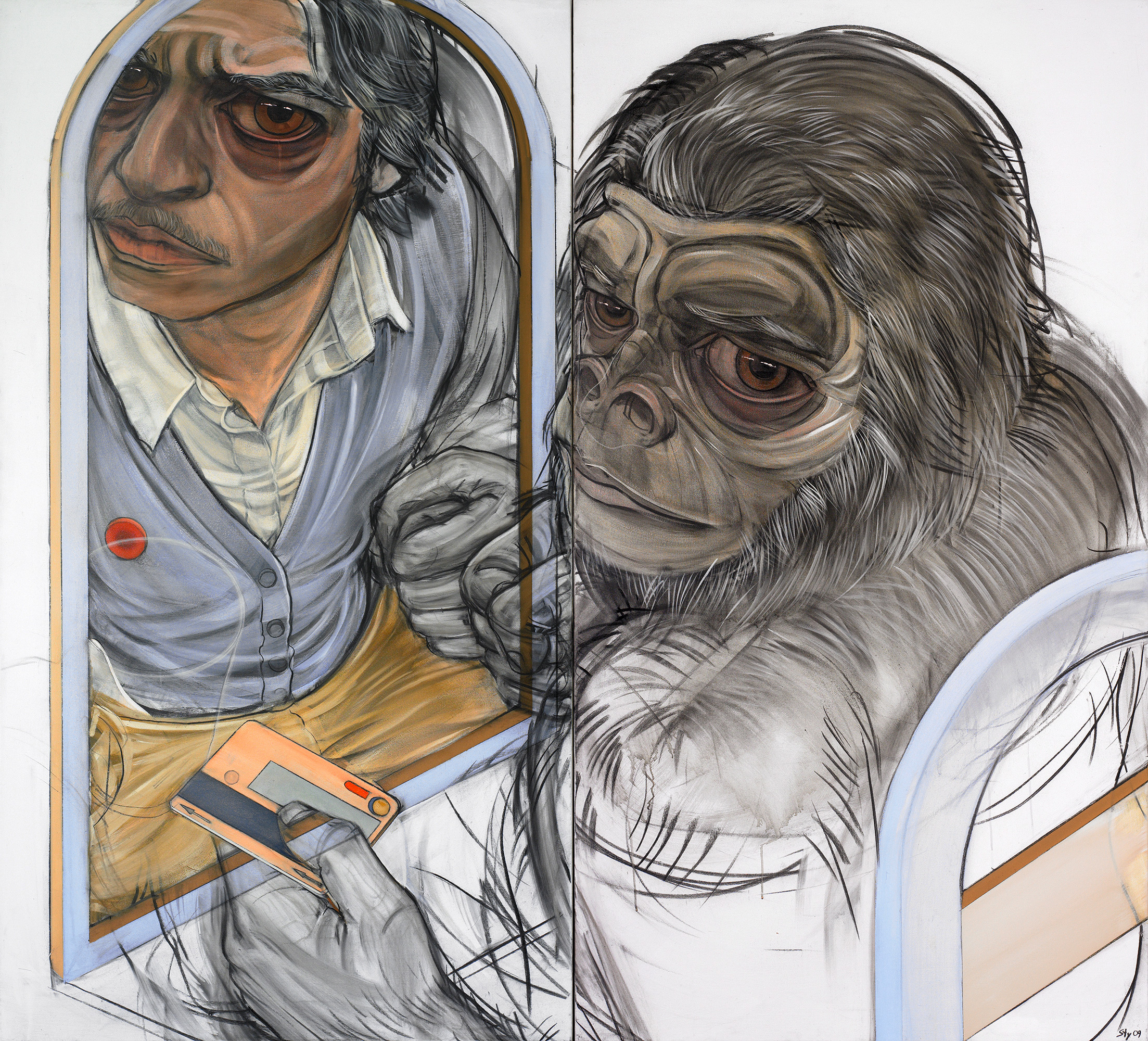The Futures of Entertainment conference brings together artists, artisans, technicians, academics and real-world producers for a lively conversation about the future of media, culture, marketing and entertainment. The conference was started by Henry Jenkins and is now also the sister conference to Transmedia Hollywood, which occurs on alternating years. Jenkins explains the conference best:
The goal of the conference is to provide a meeting ground for forward thinking people in the creative industries and academia to talk with each other about the trends that are impacting how entertainment is produced, circulated, and engaged with. Through the years, the conference has developed its own community, which includes alums of the Comparative Media Studies Program who see the conference as a kind of homecoming, other academics who have found it a unique space to engage with contemporary practices and issues, and industry leaders, many of them former speakers, who return because it offers them a chance to think beyond the established wisdom within their own companies. Our goal is to create a space where academics do not read papers and industry folks don't present prospectus-laden powerpoints or talk about "take-aways" and "deliverables," but people engage honestly, critically, openly about topics of shared interest.
This year FoA5 took place on November 11-12 with a special event on the eve of the conference. Here are summaries of all the sessions with links to the videos.
Pre-Conference
Global Creative Cities and the Future of Entertainment.
Today, new entertainment production cultures are arising around key cities like Mumbai and Rio de Janeiro. What do these changes mean for the international flow of media content? And how does the nature of these cities help shape the entertainment industries they are fostering? At the same time, new means of media production and circulation allow people to produce content from suburban or rural areas. How do these trends co-exist? And what does it mean for the futures of entertainment?
Moderator: Maurício Mota (The Alchemists)
Panelists: Parmesh Shahani (Godrej Industries, India), Ernie Wilson (University of Southern California) and Sérgio Sá Leitão (Rio Filmes)
Day 1
Introduction (8:30-9:00 a.m.)
William Uricchio (Massachusetts Institute of Technology) and Ilya Vedrashko (Hill Holliday)
Spreadable Media: Creating Value and Meaning in a Networked Society. (9:00-10:00 a.m.)
How are the shifting relations between media producers and their audiences transforming the concept of meaningful participation? And how do alternative systems for the circulation of media texts pave the way for new production modes, alternative genres of content, and new relationships between producers and audiences? Henry Jenkins, Sam Ford, and Joshua Green-co-authors of the forthcoming book Spreadable Media-share recent experiments from independent filmmakers, video game designers, comic book creators, and artists and discuss the promises and challenges of models for deeper audience participation with the media industries, setting the stage for the issues covered by the conference.
Speakers: Henry Jenkins (University of Southern California), Sam Ford (Peppercom Strategic Communications) and Joshua Green (Undercurrent)
Collaboration? Emerging Models for Audiences to Participate in Entertainment Decision-Making. (10:15 a.m.-11:45 p.m.)
In an era where fans are lobbying advertisers to keep their favorite shows from being cancelled, advertisers are shunning networks to protest on the fans' behalf and content creators are launching web ventures in conversation with their audiences, there appears to be more opportunity than ever for closer collaboration between content creators and their most ardent fans. What models are being attempted as a way forward, and what can we learn from them? And what challenges exist in pursuing that participation for fans and for creators alike?
Moderator: Sheila Seles (Advertising Research Foundation)
Panelists: C. Lee Harrington (Miami University), Seung Bak (Dramafever) and Jamin Warren (Kill Screen)
Creating with the Crowd: Crowdsourcing for Funding, Producing and Circulating Media Content. (12:45-2:45 p.m.)
Beyond the buzzword and gimmicks using the concept, crowdsourcing is emerging as a new way in which creators are funding media production, inviting audiences into the creation process and exploring new and innovative means of circulating media content. What are some of the innovative projects forging new paths forward, and what can be learned from them? How are attempts at crowdsourcing creating richer media content and greater ownership for fans? And what are the barriers and risks ahead for making these models more prevalent?
Moderator: Ana Domb (Almabrands, Chile)
Panelists: Mirko Schäfer (Utrecht University, The Netherlands), Bruno Natal (Queremos, Brazil), Timo Vuorensola (Wreckamovie, Finland) and Caitlin Boyle (Film Sprout)
Here We Are Now (Entertain Us): Location, Mobile, and How Data Tells Stories (3:15-4:45 p.m.)
Location-based services and context-aware technologies are altering the way we encounter our environments and producing enormous volumes of data about where we go, what we do, and how we live and interact. How are these changes transforming the ways we engage with our physical world, and with each other? What kind of stories does the data produce, and what do they tell us about our culture and social behaviors? What opportunities and perils does this information have for businesses and individuals? What are the implications for brands, audiences, content producers, and media companies?
Moderator: Xiaochang Li (New York University)
Panelists: Germaine Halegoua (University of Kansas), Dan Street (Loku) and Andy Ellwood (Gowalla)
At What Cost?: The Privacy Issues that Must Be Considered in a Digital World. (5:00-6:00 p.m.)
The vast range of new experiments to facilitated greater audience participation and more personalized media content bring are often accomplished through much deeper uses of audience data and platforms whose business models are built on the collection and use of data. What privacy issues must be considered beneath the enthusiasm for these new innovations? What are the fault lines beneath the surface of digital entertainment and marketing, and what is the appropriate balance between new modes of communication and communication privacy?
Participants: Jonathan Zittrain (Harvard University) and Helen Nissenbaum (New York University)
Day 2
Introduction (8:30-9:00 a.m.)
Grant McCracken (author of Chief Culture Officer; Culturematic)
The Futures of Serialized Storytelling (9:00-11:00 a.m.)
New means of digital circulation, audience engagement and fan activism have brought with it a variety of experiments with serialized video storytelling. What can we learn from some of the most compelling emerging ways to tell ongoing stories through online video, cross-platform features and applications and real world engagement? What models for content creation are emerging, and what are the stakes for content creators and audiences alike?
Moderator: Laurie Baird (Georgia Tech)
Panelists: Matt Locke (Storythings, UK), Steve Coulson (Campfire), Lynn Liccardo (soap opera critic), and Denise Mann (University of California-Los Angeles)
The Futures of Children's Media (11:30 a.m.-1:00 p.m.)
Children's media has long been an innovator in creating new ways of storytelling. In a digital era, what emerging practices are changing the ways in which stories are being told to children, and what are the challenges unique to children's properties in an online communication environment?
Moderator: Sarah Banet-Weiser (University of Southern California)
Panelists: Melissa Anelli (The Leaky Cauldron), Gary Goldberger (FableVision) and John Bartlett (Houghton Mifflin Harcourt)
The Futures of Nonfiction Storytelling (2:15-4:15 p.m.)
Digital communication has arguably impacted the lives of journalists more than any other media practitioner. But new platforms and ways of circulating content are providing vast new opportunities for journalists and documentarians. How have-and might-nonfiction storytellers incorporate many of the emerging strategies of transmedia storytelling and audience participation from marketing and entertainment, and what experiments are currently underway that are showing the potential paths forward?
Moderator: Johnathan Taplin (University of Southern California)
Panelists: Molly Bingham (photojournalist; founder of ORB); Chris O'Brien (San Jose Mercury News), Patricia Zimmermann (Ithaca College) and Lenny Altschuler (Televisa)
The Futures of Music. (4:45-6:45 p.m.)
The music industry is often cited as the horror story that all other entertainment genres might learn from: how the digital era has laid waste to a traditional business model. But what new models for musicians and for the music industry exist in the wake of this paradigm shift, and what can other media industries learn from emerging models of content creation and circulation?
Moderator: Nancy Baym (Kansas University)
Panelists: Mike King (Berklee College of Music), João Brasil (Brazilian artist), Chuck Fromm (Worship Leader Media), Erin McKeown (musical artist and fellow with the Berkman Center for Internet and Society at Harvard University) and Brian Whitman (The Echo Nest)
via henryjenkins.org



















